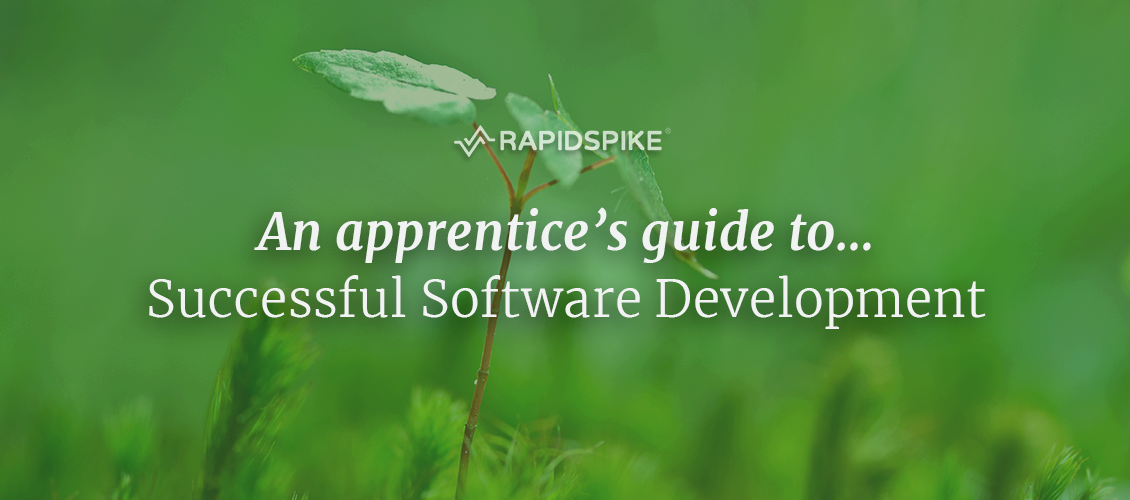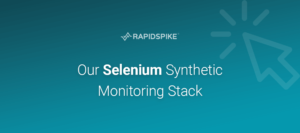In a world where technology is a growing part of every aspect of our daily lives, more people are moving into tech-based occupations. Whether it is software development, computer programming, software engineering or game development, the programming and technology industry is growing, and really quickly. But how can YOU be a part of it? How does one succeed in building a technology or software-based business? You can start by having a great SDLC!
What is the SDLC?
The Software Development Life Cycle is a process that can help you produce software with the highest quality and lowest cost in the shortest time. There are many variants, but this blog isn’t about all of them or the time frames, just the core process involved.
There are several different steps included in the SDLC, and these steps are the key to making it in the world of software.
Step 1: Planning
With all good projects in any business, there needs to be a plan of action! What are you creating? Why are you creating it? Who are you creating it for? This phase is all about planning what you are making, who it will be for and who is going to be part of the project. In this phase, the project leaders, project stakeholders, and technical experts get together to create a project plan, budgeting plan and decide who is needed for the job.
Step 2: Requirements
Now you have a basic plan of the project, it’s time to see what requirements are needed to get the project up and running and for that, you need a business analyst. In this section, a business analyst will develop a set of information which outlines the business processes and collects the system requirements from a subject matter expert. The business analyst will then construct a logical model that describes the data and processes needed to support the requested functionality. Furthermore, the business analyst must also consider the current technical architecture, application software and data that is used to support the business function to guarantee that no necessary functionality has been overlooked.
Step 3: Design and Prototyping
The objective of this phase is to transform business requirements into a visual reality. The project manager and business analyst will work closely with the head designer to create a prototype of the project which will then be displayed to the customers who will provide feedback. When the customers and project manager are happy, and all the requirements have been met and signed off by the business analyst, the production and creation of the project will start.
Step 4: Software Development and Testing
The purpose of the Development Phase is to convert the system design prototyped in the Design Phase into a working information system that addresses all documented system requirements. The software developers will use the chosen language and start creating the programmers which will bring the project to life. Throughout the whole of this stage, the software testers will be testing each and every aspect using their chosen testing methods.
There are many different testing methods and models which include unit testing, integration testing, functional testing, and system testing. The testing stage is a very crucial part of the SDLC, ensuring that the product works how it should and meets the project specification.
Step 5: Deployment and Maintenance
Once the final project has been created, tested and meets the project specification, it’s time to deploy! Once the project has been deployed and is live, the operations teams ensure the software is always updated and customer service ensures that messages are sent to all users telling them about updates and maintenance.
This is just an outline of how I understand the SDLC and how to follow it. There are countless ways to go around it from different development models, testing models and team ability and resource. There is no black and white way to develop software, but if you do your research, have the right team and follow the right SDLC for you and your company… you can have an exciting career, be part of a successful team and work on great products.
References
SDLC (Software Development Life Cycle) Tutorial: What is, Phases, Model
Types Of Software Testing: Different Testing Types With Details






